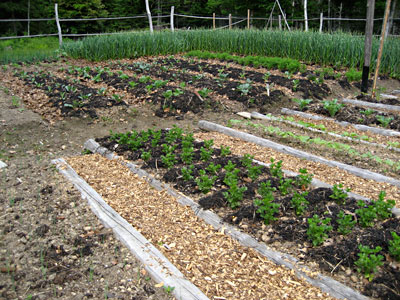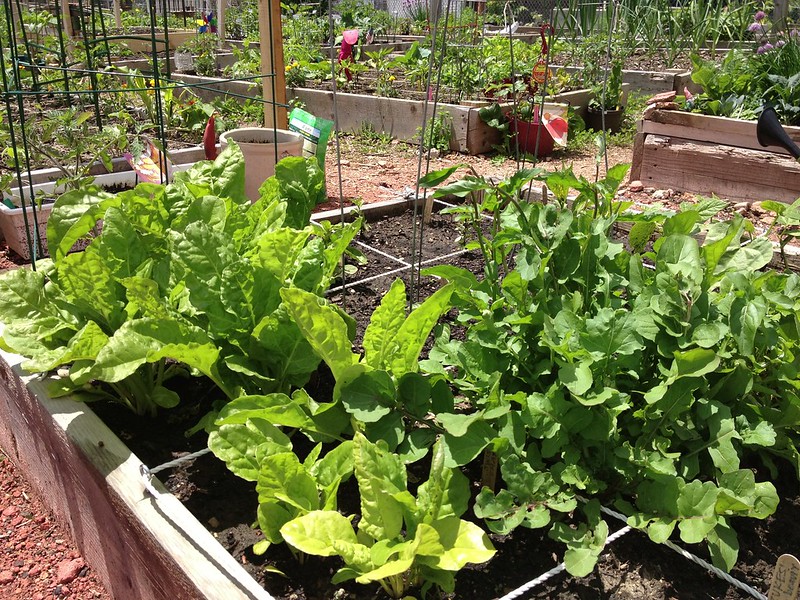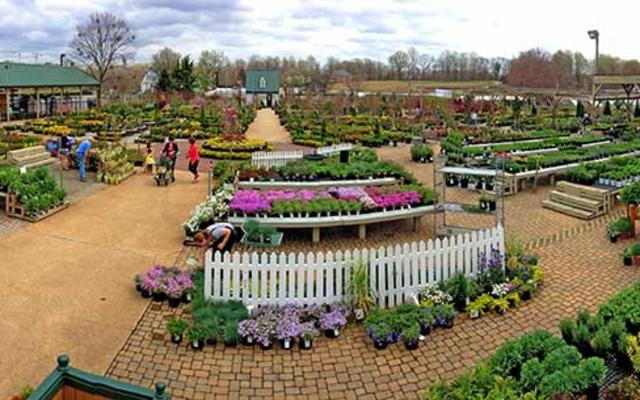How to Optimize Growth with Homestead Gardening
How to Optimize Growth with Homestead Gardening
Blog Article
Reveal the Keys to Creating a Beautiful and Efficient Horticulture Room
Producing a gorgeous and effective gardening space is not merely an issue of planting blossoms and vegetables; it calls for a critical approach that includes various vital aspects. From picking the right area based on sunlight and soil type to attentively developing your layout and choosing suitable plants, each choice plays a crucial role in the success of your garden.
Picking the Right Area
Selecting the excellent area for your yard is critical to its success and general aesthetic allure. The very first action in this process entails examining sunshine direct exposure, as the majority of plants need at the very least 6 hours of straight sunlight daily (Homestead Gardening). A south-facing yard typically obtains the most light, while shaded areas can restrain development and flowering
In addition, take into consideration soil top quality and drainage. Well-draining soil is vital to stop water logged origins, which can result in plant illness. Conducting a soil examination can provide important details concerning pH levels and vitamins and mineral content, enabling you to modify the soil accordingly.
In addition, proximity to water sources is one more element to weigh - Homestead Gardening. Having simple accessibility to a pipe or irrigation system can simplify the watering procedure and urge consistent plant treatment. Wind defense is likewise vital; positioning your garden near frameworks, such as wall surfaces or fencings, can shield it from extreme winds that may harm delicate plants
Last but not least, consider availability for maintenance and harvesting. A well-placed yard enables convenient accessibility, ensuring that you can quickly often tend to your plants without causing excessive stress or disturbance. Thoughtful area option lays the foundation for a flourishing garden.
Selecting Plants Wisely
When choosing plants for your yard, it's vital to take into consideration factors such as climate, dirt problems, and individual choices to ensure a productive and unified space. A detailed understanding of your local environment will direct you in picking plants that prosper in your particular atmosphere. For example, choosing drought-resistant ranges is helpful in arid regions, while moisture-loving types may be better for locations with high rains.
Soil conditions are similarly essential; conducting a dirt test can disclose pH degrees and nutrition web content, enabling you to select plants that will prosper. Native plants are typically an outstanding selection, as they are commonly well-adapted to regional soil types and require less upkeep.
Reflect on your individual choices-- choosing plants that resonate with your visual preferences will enhance your enjoyment and dedication to preserving your garden. By very carefully examining these variables, you can develop a growing and diverse plant choice that elevates your horticulture experience.
Designing Your Yard Layout
With a thoughtfully chosen plant selection in hand, the next step is to create a garden design that maximizes both appeal and functionality. Begin by evaluating the readily available room, thinking about factors such as wind, look at these guys sunlight, and shade patterns. A tactical format ought to integrate various areas, consisting of locations for growing, pathways, and perhaps seating.
Begin with larger plants or centerpieces, such as trees or tall perennials, positioned purposefully to develop aesthetic rate of interest. Layer smaller plants ahead to improve depth and texture. Consider the growth routines of your picked plants; taller selections should be positioned at the back or facility of beds, while much shorter ones can line the edges.
Incorporating paths not just helps with accessibility for upkeep but also invites expedition. Use materials that complement the garden's overall aesthetic, whether gravel, wood, or rock chips.
Additionally, think of seasonal adjustments and just how your design will certainly look throughout the year. Including evergreens along with seasonal blossoms can make sure year-round beauty. Ultimately, a well-designed garden format integrates the all-natural appeal of plants with useful factors to consider, resulting in a room that is both welcoming and efficient.
Enhancing Soil Health And Wellness

To boost dirt health and wellness, start by carrying out a soil test to examine pH levels, vitamins and mineral web content, and soil structure. This will notify your modifications. Incorporate natural matter such as compost, well-rotted manure, or leaf mold to improve soil framework, water retention, and microbial activity. Furthermore, practicing crop rotation can prevent nutrient exhaustion and reduce insect and disease stress.
Mulching is another reliable strategy; it not just preserves moisture yet likewise subdues weeds and gradually enhances the dirt as it breaks down. Avoiding extreme husbandry is critical, as it can interfere with soil framework and damage advantageous organisms. Rather, adopt no-till or marginal husbandry practices to keep dirt stability.

Preserving Your Garden Efficiently
A well-maintained yard provides satisfaction and productivity, calling for constant interest to ensure that plants thrive and the landscape continues to be inviting. Effective garden upkeep entails numerous vital methods that improve the wellness of your plants and the general aesthetic of your space.
Routine watering is vital; however, it is essential to customize your watering schedule based upon the particular requirements of your plants and regional environment conditions. Mulching can help preserve wetness, reduce weeds, and manage soil temperature level. Moreover, prompt weeding protects against competition for resources and nutrients, ensuring that your plants prosper.
Pruning is one more necessary task. It urges healthy growth, gets rid of dead or diseased branches, and forms plants to preserve an enticing structure. In addition, monitoring for bugs and diseases is crucial; early discovery and intervention can conserve view website your plants from considerable damage.
Fertilization ought to be carried out thoughtfully, utilizing natural options whenever possible to advertise lasting soil health and wellness. Seasonal jobs such as planting, splitting perennials, and preparing for winter months will ensure your yard stays more info here dynamic year-round. By following these practices diligently, you can grow a yard that is both efficient and stunning.
Conclusion
Selecting an ideal place with appropriate sunshine, choosing suitable plants, designing a cosmetically pleasing design, boosting soil wellness, and making certain regular upkeep are vital components. By integrating these practices, one can grow a prospering yard that not only enhances the landscape however also advertises environmental equilibrium and sustainability.
From picking the right area based on sunlight and soil kind to attentively developing your design and picking suitable plants, each decision plays a crucial role in the success of your garden. Well-draining soil is crucial to stop water logged roots, which can lead to plant conditions.When choosing plants for your garden, it's crucial to take into consideration elements such as climate, dirt conditions, and individual choices to make sure a efficient and harmonious area. Eventually, a well-designed yard design balances the natural elegance of plants with practical factors to consider, resulting in a room that is both welcoming and efficient.

Report this page